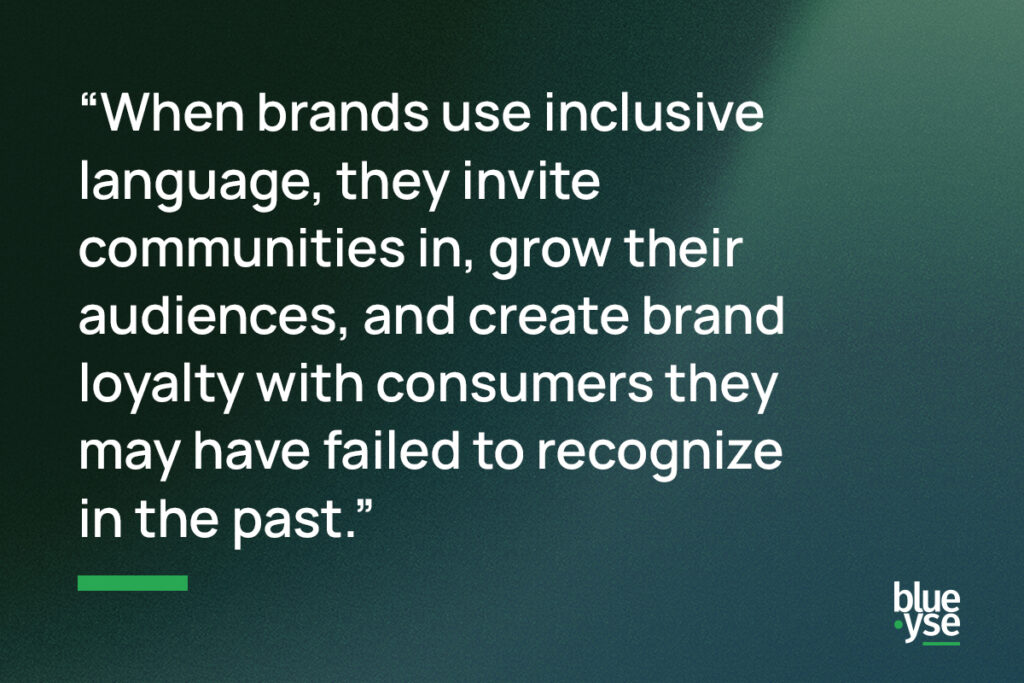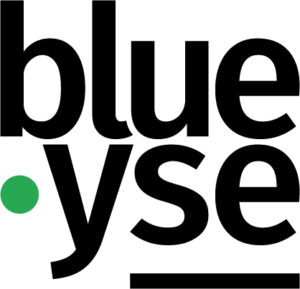
Inclusive language is all about choosing words that unite, not divide. The Linguistic Society of America sums it up perfectly: inclusive language recognizes our differences and promotes equal opportunities. Language that educates, empowers, and supports, fostering trust among people.
Now businesses are discovering the power of inclusive language in shaping their success. By adopting inclusive language, they acknowledge the diverse tapestry of society. It’s not just about words; it’s about understanding how our words can impact others, especially when their experiences differ from ours.
Understanding inclusive language categories
Age
More than we realize, bias and stereotypes in language find their way into our conversations. Phrases like “childish” or “old lady,” stereotype and discriminate against individuals based on their age, whether young or old. Using phrases like “seniors,” “elderly,” or “the aged” is imperative. These words can create a divide, suggesting that older adults are separate from society. Select terminology such as “younger, middle-aged, and older adults” to encourage variety in age groups within communication.
Disabilities
Understanding diverse disabilities is essential, spanning physical, mental, developmental, and intellectual. Some disabilities are visible, while others aren’t apparent. Terms like “crazy” and “lame” demean people with disabilities. Even seemingly harmless phrases like “wheelchair-bound” can perpetuate pity for people with physical disabilities. Avoid terms like “handicap, “dumb,” “insane,” and “mentally ill.” Instead, use phrases like “persons with disabilities,” “physically disabled,” “the deaf community,” and “people living with a mental illness”.
Sexual orientation and gender
Understanding sex and gender distinctions is vital for inclusive language. “Sex” relates to biology, while “gender” relates to roles and identity. Be mindful of gendered language in conversations and use sexual orientation words as adjectives, not nouns, to respect individuals and avoid implying choices.
In the past, “he/she” or “he or she” was used as an all-encompassing pronoun. These terms no longer suffice. It’s important to use pronouns such as “they,” which respects people of all gender identities. Similarly, in addressing an audience, phrases like “Hey guys” or “Hello ladies” should be replaced with more inclusive options like “Hello everyone.”
Ethnicity
Addressing ethnicity in language requires attention due to historical biases embedded in phrases. Some phrases, rooted in racism, have become so common that we don’t notice their origins. To combat this, research is essential.
Instead of perpetuating harmful language, opt for inclusive terms such as “person of color.” This term respect the diverse backgrounds of individuals.
Religion
Acknowledging diverse religious beliefs is necessary in our language. We need to remember that many people, follow different faiths or none. Phrases like “Merry Christmas” or references to “church” exclude those with different beliefs. Consider using greetings like “Happy holidays” that encompass various celebrations.
Steps companies can take
Companies play a vital role in promoting inclusivity through their language and communication. To stay relevant, businesses must adapt to evolving language norms that honour various communities and build a reputation of respect. Incorporating Inclusive Language Guidelines provides a clear framework for employees and ensures unbiased communication. Simplifying language aids in reaching a broader audience, while ensuring diversity in designs and images is essential for meaningful representation. Moreover, celebrating differences, rather than ignoring them, allows businesses to embrace diversity fully and foster an inclusive environment.
Or start the conversation and contact us!
Sources
Inclusive Language: How To Use and Promote It at Your Organization
https://blog.hubspot.com/marketing/inclusive-language
Inclusive language guide:
https://www.apa.org/about/apa/equity-diversity-inclusion/language-guidelines
